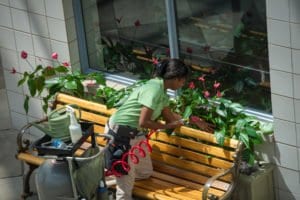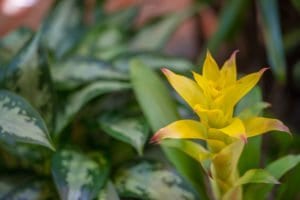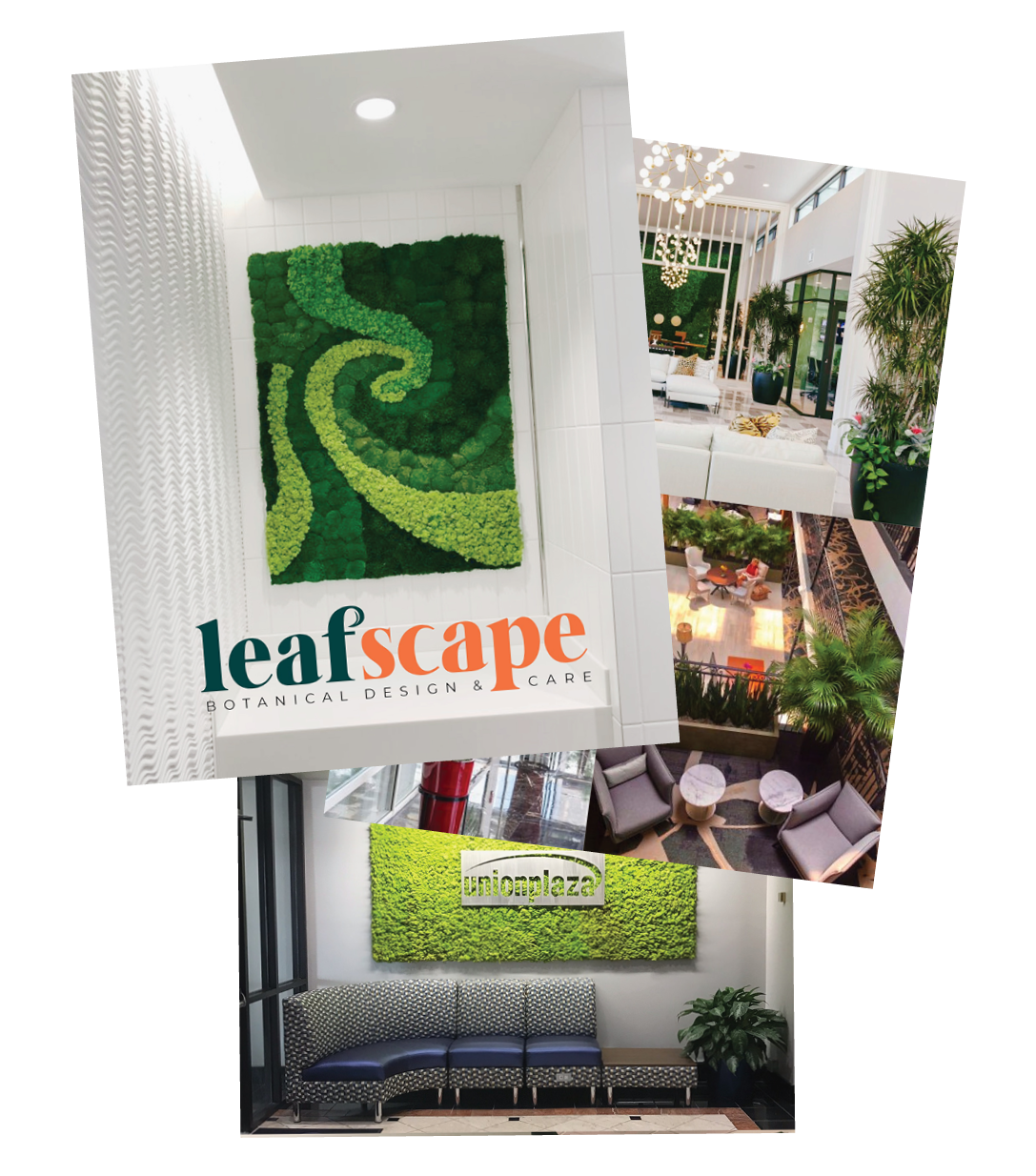What Determines Flower Color and Fragrance?
The attractive smells and colors of flowers make a room come alive and an event extra special. But, have you ever stopped to think about how flowers get their color and fragrance? Even the smallest of flowers have intricate internal systems that create a unique experience for every plant, pollinator and passerby.

Fragrance
Not all flowers emit a pleasant fragrance. Many flowers’ names give them away, such as the corpse lily or the skunk cabbage. Many flowers have specific and iconic scents that make them popular, like the rose or the gardenia. Understanding of the biochemical processes in flowers has greatly increased in recent decades. For example, the number of known chemicals in a rose’s fragrance increased from 20 to 400 between the years of 1953 and 2006. These chemicals are housed at the base of the male stamen in the flower in nectaries. Fragrance compounds are created here as the nectary secretes sugars and amino acids. The flowers vaporize and release these compound molecules as gas, giving them unique smells that attract pollinators and humans!
Color
Much like the color of your hair, flower colors are determined long before the flowers are born – it’s in their DNA! Color comes from a flower’s hereditary genome. These genomes determine what pigments a flower will have, and pigments yield different colors. Flavanoids are the most important of all plant pigments for flower coloration. For example, anthocyanins are compounds that create colors like red, purple, blue and pink, and are compounds found in the flavanoid class.

Flower color and fragrance serve an important purpose outside of our enjoyment. Brightly colored flowers attract bees and insects that act as pollinators. When insects land on the flower to drink nectar or honey, pollen sticks to their legs and gets carried to the insect’s next plant. Specific smells attract specific pollinators. Bees and flies pollinate sweet smelling flowers, while flowers with spicy or musty scents attract beetles for pollination. Insects can distinguish between different fragrances, choosing not only their favorite scent, but also the most potent flower with that scent. Fragrances and colors encourage plant pollination, which means we will continue to have bright, beautiful flowers!
Whether you are planning a special event or looking to decorate your indoor space, Leafscape can help. We work with our clients to design interior landscapes based on their color and fragrance preferences. Whether you want bright and fragrant spaces or prefer more neutral colors and subtle fragrances, our Green Team can help. We prep and groom the plants ahead of installation, then provide ongoing care throughout their indoor lives. Let the Green Team at Leafscape help you design and maintain the perfect planted surroundings for your space!

